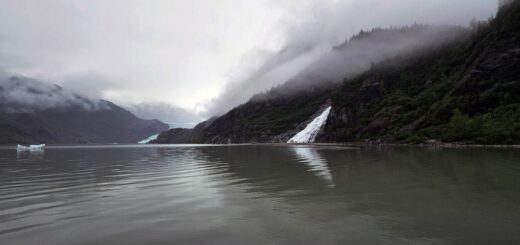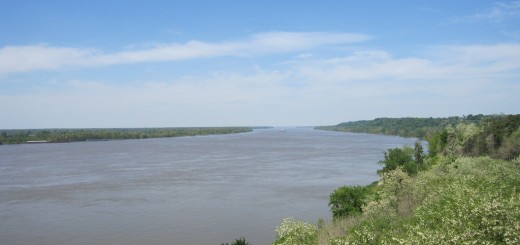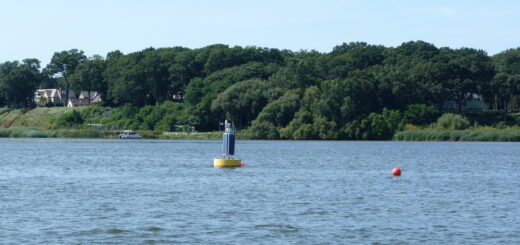Research Summary: Global Database Of Lake Surface Temperatures From 1985 To 2009
0Freshwater ecosystems are vulnerable to the effects of global environmental change. Lakes are sentinels of climate change and are an effective indicator of a limnological response to global climate change, as they integrate climatic and landscape factors. Lake surface temperatures can directly or indirectly influence physical, chemical and biological processes in a lake, including the temperature of the photosynthetic zone, water-column stability, lake primary productivity, fish species range shifts, and species interactions.
Climatic factors, including air temperature, cloud cover, and solar radiation, in addition to geomorphometric factors, such as lake surface area and depth, influence surface water temperatures in lakes. Here, we present a database of 25-year (1985–2009) lake surface water temperatures from 291 lakes around the world, collected by either in situ, satellites, or both, and some of the main corresponding climatic and geomorphometric factors that are relevant to lake surface water temperatures.
Between 1986 and 2005, global air temperatures have increased by 0.61 °C. Water temperatures have increased over recent decades coinciding with changing air temperatures, with a few exceptions. Generally, water temperatures tend to coincide with regional air temperatures, warming or cooling at similar rates to that of air temperatures. However, there are some regions, such as around the Great Lakes region of North America and northern Europe, in which bodies of water are warming more rapidly than ambient air.
Solar radiation is a key component of lake heat budgets. Increases in the amount of incoming solar radiation increase average lake temperatures. Cloud cover can reduce incident solar radiation, but also result in greater longwave (atmospheric) radiation. Thus, the influence of cloud cover on lake temperatures can be bidirectional and complex.

In situ-sampled lakes are shown in yellow, while satellite-sampled lakes are shown in red. (Credit: Sharma, Gray, Woo, et al.)
Lake-specific properties, including depth, surface area, and volume can mediate the effects of these climate drivers and influence lake temperatures. For example, surface water temperatures have been found to be inversely correlated with mean depth. In general, shallower lakes tend to warm more rapidly with higher surface water temperatures compared to deep lakes that have greater heat storage capacities. However, at broad spatial scales, climatic factors have a larger influence on surface water temperatures than lake morphology.
The motivation to assemble a global database of lake surface water temperatures, climatic forcing variables, and geomorphometric characteristics was to address two key scientific issues by the Global Lake Temperature Collaboration (www.laketemperature.org): i) What are the global and regional patterns of water temperature changes over the past 25 years and are they coherent over spatial and temporal scales?; and ii) Which climatic forcing variables and geomorphometric factors are most important in driving changes in water temperature, i.e., do similar lake types exhibit similar rates of warming or cooling globally? This novel dataset can be used to address additional research questions including those pertaining to understanding the mechanistic drivers of surface water temperature warming and ecological consequences of changes in lake temperatures.
Methods
We compiled in situ surface water temperatures and corresponding lake geomorphology and climatic data from 151 lakes. These lakes had been sampled at least monthly during summer generally between 1985 until 2009. Surface water was defined as between 0 and 1 m below the surface for most lakes. We describe the sampling methodology for each lake or group of lakes contributed by each data provider, organized by geographic region.
Full study, including results broken down by continent and a list of references, can be found in the open-access journal Scientific Data.
Featured Image: Lake Sunapee. (Credit: Flickr User Rick Kloeppel via Creative Commons 2.0)













